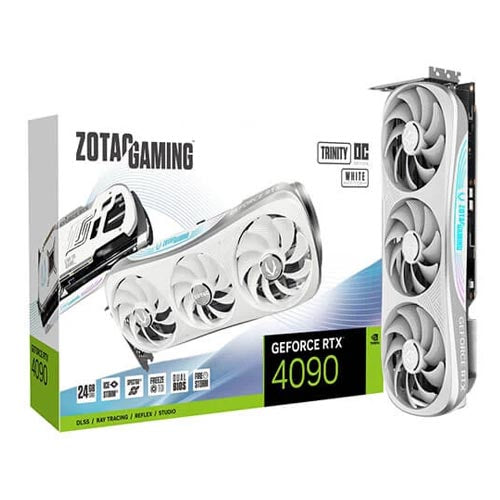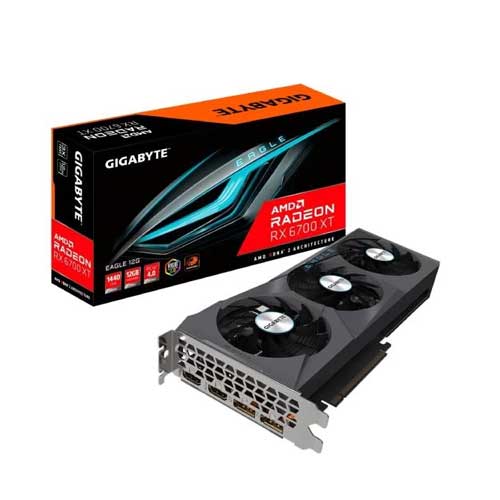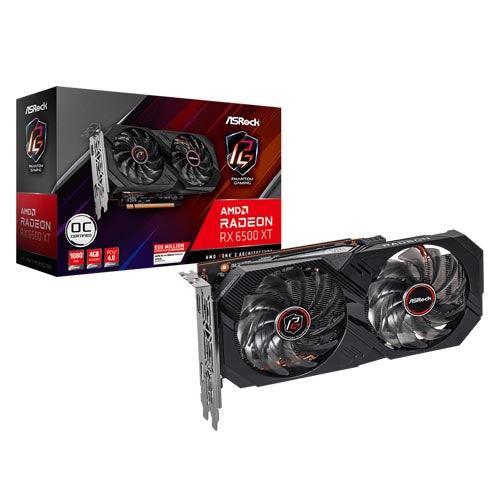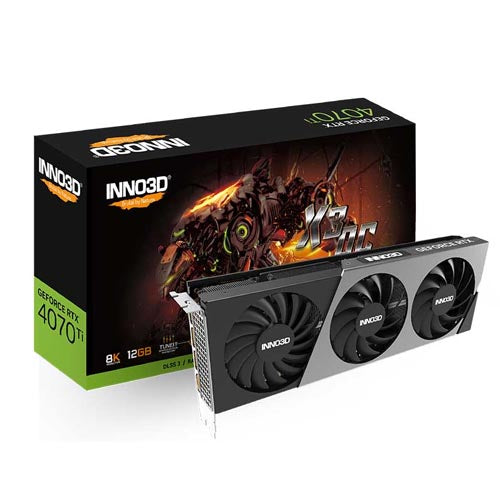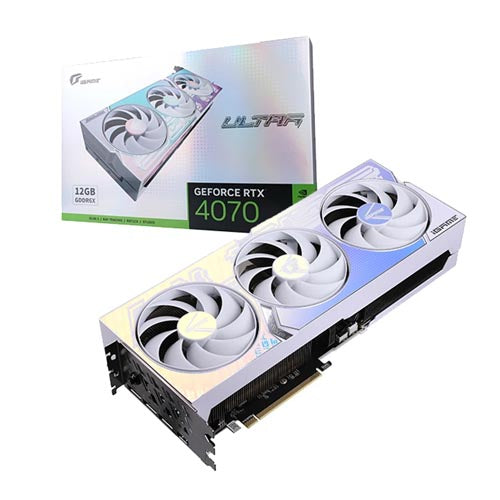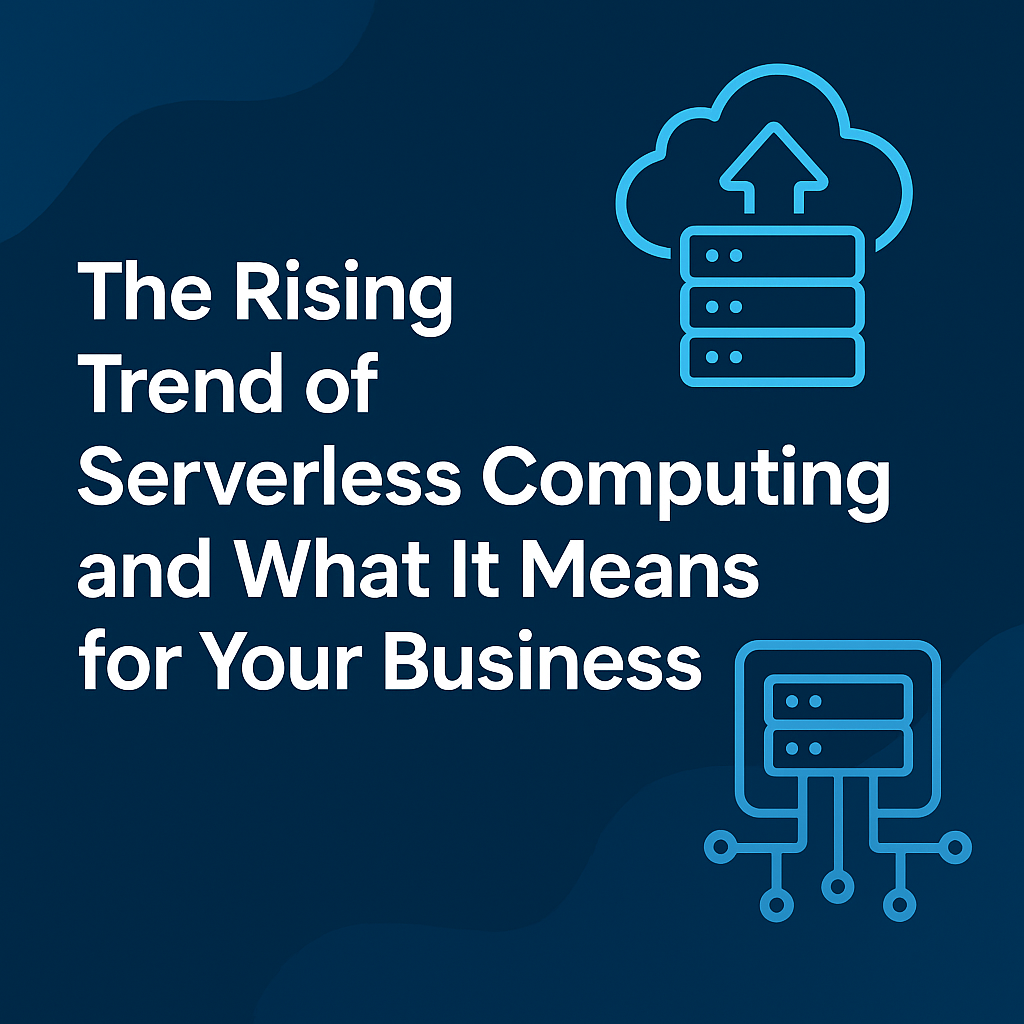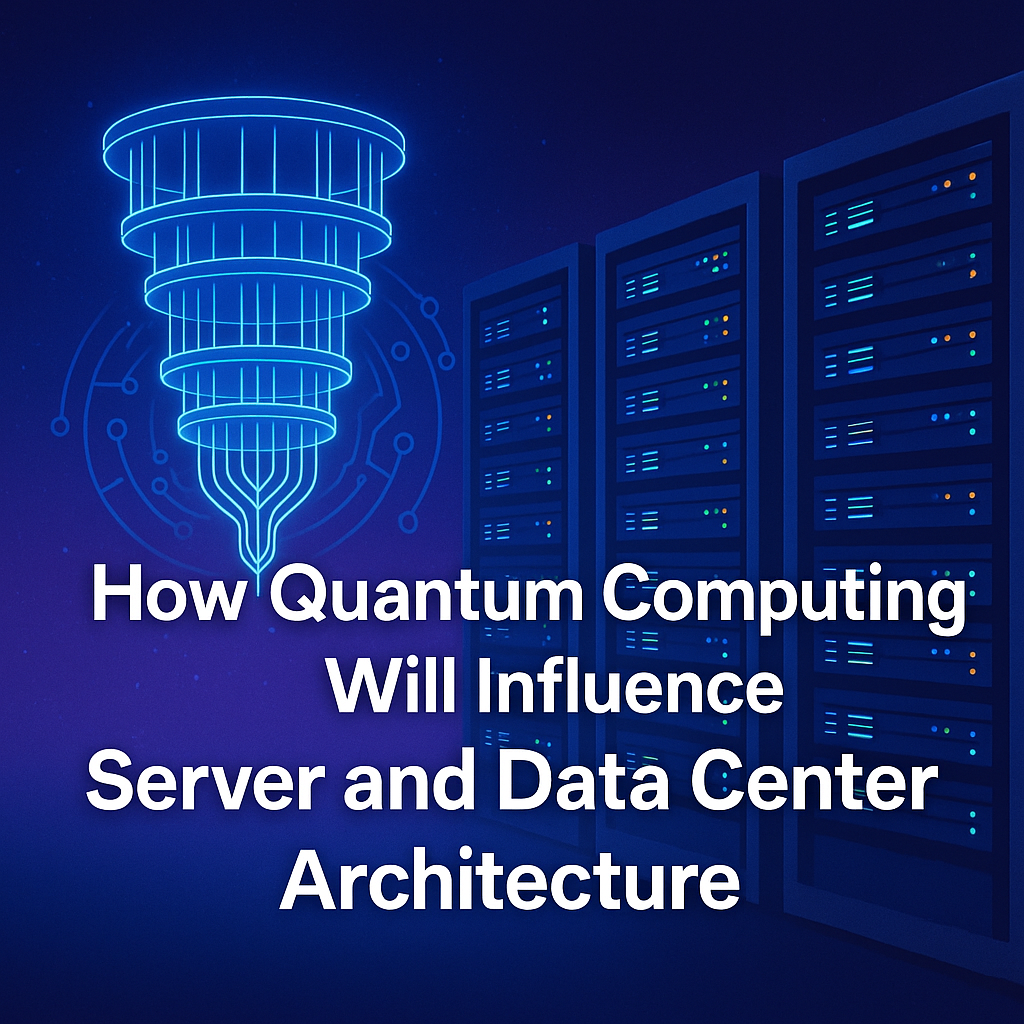In the modern digital economy, the performance and reliability of an organization’s IT infrastructure play a crucial role in determining its success. As businesses scale, they require robust systems capable of handling increasingly complex operations, data workloads, and customer demands. While cloud services have gained popularity, enterprise-grade physical servers remain a critical foundation for many organizations, especially those that require high performance, enhanced security, and more control over their hardware.
Investing in enterprise-grade physical servers offers a variety of advantages that cloud solutions often cannot match. From cost savings to customizability, these physical systems provide a reliable, scalable foundation for growing businesses. This blog delves into the technical aspects of enterprise servers and how they provide significant benefits in terms of performance, scalability, security, and long-term cost efficiency.
What is an Enterprise-Grade Physical Server?
Before diving into the benefits, it is important to understand what an enterprise-grade physical server entails. These servers are high-performance computing systems specifically designed to meet the demanding needs of businesses. Unlike consumer-grade hardware, enterprise servers are built to provide:
- High Availability: Designed for continuous 24/7 operation with minimal downtime.
- Scalability: Capable of handling increased workloads and expanding resources as the business grows.
- Reliability: Equipped with advanced features such as redundant power supplies, disk arrays, and error-correcting memory.
- Support for Virtualization: Often used as the backbone of data centers, running multiple virtual machines (VMs) simultaneously for different applications.

These servers are typically more expensive than consumer-grade machines, but their ability to scale, provide enhanced performance, and ensure business continuity makes them an invaluable investment.
1. Performance and Reliability
One of the key advantages of enterprise-grade physical servers is their exceptional performance. These servers are equipped with high-end processors (such as Intel Xeon or AMD EPYC), large amounts of memory, and advanced storage options that can handle the most demanding workloads. Their performance advantages become especially clear in scenarios where cloud-based systems fall short in terms of resource control and speed.
Technical Features:
- Multi-Core CPUs: Enterprise servers often feature multi-core processors, which are essential for running resource-intensive applications such as large databases, enterprise resource planning (ERP) systems, and virtualization platforms. With more cores and threads, enterprise servers can perform complex calculations and manage multiple tasks simultaneously without compromising on speed or efficiency.
- Advanced Storage Solutions: High-performance SSDs, often implemented in RAID configurations, provide fast read/write speeds and ensure data integrity. Enterprise-grade physical servers offer storage scalability, allowing organizations to add additional drives as needed without impacting performance.
Enterprise-grade servers are engineered to offer near-100% uptime and can be customized for high availability. This level of reliability is critical for businesses that cannot afford service interruptions.
2. Customizability and Control
Enterprise-grade physical servers offer greater control over hardware configurations compared to cloud environments. With cloud infrastructure, businesses typically rent virtualized resources, often leading to limitations in configuration and customization. However, with physical servers, enterprises have the ability to configure the system to their exact needs.
Technical Benefits of Customizability:
- Custom Hardware Selection: Businesses can choose the specific CPU, memory, storage, and network interfaces that best suit their workloads. This level of customization allows IT teams to optimize performance based on the applications they are running.
- Direct Access to Hardware: Physical servers provide direct access to the hardware, which is critical for specialized applications that require hardware-based performance, such as high-frequency trading platforms or high-performance computing (HPC) applications.
- Hardware Redundancy: With enterprise servers, IT teams can implement RAID arrays for data redundancy, dual power supplies, and hot-swappable drives to ensure maximum uptime. These features are critical for data centers and enterprises that need to minimize service interruptions.
This customization ensures that businesses only pay for the resources they need and can scale resources dynamically as requirements change.
3. Security and Compliance
Security is one of the most significant concerns for businesses that handle sensitive data. Enterprise-grade physical servers allow organizations to implement enterprise-level security measures, providing far more control over data protection compared to public cloud services.
Key Security Features:
- Physical Security: With on-premise enterprise servers, businesses can implement advanced physical security measures (e.g., restricted data centers, biometrics) to ensure that only authorized personnel have access to the hardware. In contrast, with cloud servers, security measures are often managed by a third party, and businesses have less visibility into the security protocols.
- Full Control Over Data: By hosting data on physical servers, businesses retain complete control over data storage and processing, which is crucial for organizations that need to comply with data residency laws and privacy regulations (e.g., GDPR, HIPAA).
- On-Site Encryption: Businesses can implement hardware encryption for additional data protection. While cloud services offer encryption, physical servers provide businesses with more granular control over their encryption keys and protocols.
Compliance with industry standards and regulations can be more easily achieved on physical servers, as companies have direct control over their environment.
4. Cost Efficiency in the Long-Term
While the upfront cost of enterprise-grade physical servers may seem high compared to cloud-based services, the long-term cost efficiency of investing in physical servers becomes clear over time. With cloud services, businesses pay for usage based on their consumption, and these costs can increase significantly as workloads grow. On the other hand, physical servers, once purchased, have a predictable cost structure.
How Enterprise Servers Save Costs:
- No Ongoing Usage Fees: With cloud solutions, businesses pay based on usage, meaning costs can rise unpredictably as workloads increase. For example, running large applications or storing vast amounts of data can significantly increase monthly bills.
- Control Over Maintenance: IT teams can choose when to perform maintenance or upgrades to their servers, making it easier to manage costs. Many enterprise servers also come with extended warranties and service contracts, providing further cost savings.
- Energy Efficiency: Enterprise servers are designed for energy efficiency. Unlike consumer-grade hardware that may consume excessive power, enterprise servers come with advanced power management features that reduce electricity costs.
Over time, physical servers offer a more predictable cost model, especially for organizations with steady, growing workloads.
5. Scalability and Future-Proofing
As organizations grow, their IT infrastructure must scale to meet increasing demands. Enterprise-grade physical servers are designed with scalability in mind, offering the flexibility to add resources as needed, ensuring future-proofing for the organization’s infrastructure.
Key Scalability Features:
- Modular Design: Many enterprise servers come with a modular architecture that allows businesses to add additional processors, memory, or storage as needed. This makes it easier for businesses to scale their infrastructure without requiring a complete overhaul.
- Support for Virtualization: These servers can host multiple virtual machines (VMs) for different applications, enabling businesses to maximize hardware utilization and ensure that their IT infrastructure can scale as needed.
- Cluster Management: Enterprise servers can be clustered together to create high-performance computing clusters, allowing for the expansion of computational power without sacrificing performance.
In comparison to cloud services, where scaling resources can be complex and subject to price increases, enterprise physical servers offer a more predictable path for scaling.
6. Disaster Recovery and Business Continuity
Physical servers can be part of a comprehensive disaster recovery plan. Many enterprises use on-premise physical servers in combination with offsite backups or cloud solutions to ensure business continuity in case of hardware failure or other disasters.
Key Features for Disaster Recovery:
- Backup Solutions: Servers can be integrated with enterprise-grade backup solutions like tape drives or offsite backups to ensure data is always recoverable.
- High Availability: With the ability to configure RAID arrays, dual power supplies, and redundant network connections, enterprise servers can offer high availability and rapid recovery in case of failure.
- Geographically Distributed Servers: Organizations can create geographically distributed server clusters, ensuring data redundancy and fault tolerance across multiple locations.

While cloud services offer disaster recovery options, many organizations prefer the control that physical servers provide over backup and recovery strategies.
Conclusion
Investing in enterprise-grade physical servers offers substantial benefits for businesses seeking reliability, security, performance, and cost efficiency. These servers provide businesses with complete control over their infrastructure, enabling customization for specific workloads, ensuring data security, and delivering scalability as organizations grow.
While cloud computing offers flexibility and low upfront costs, physical servers remain a valuable asset for enterprises that need to maintain strict control over their IT environment and minimize long-term costs. By providing high availability, advanced security, and performance at scale, enterprise servers continue to be a cornerstone of modern data centers.
In a rapidly evolving business landscape, the strategic investment in physical servers ensures that businesses are equipped to handle today’s IT demands while also future-proofing their infrastructure for tomorrow's challenges.
